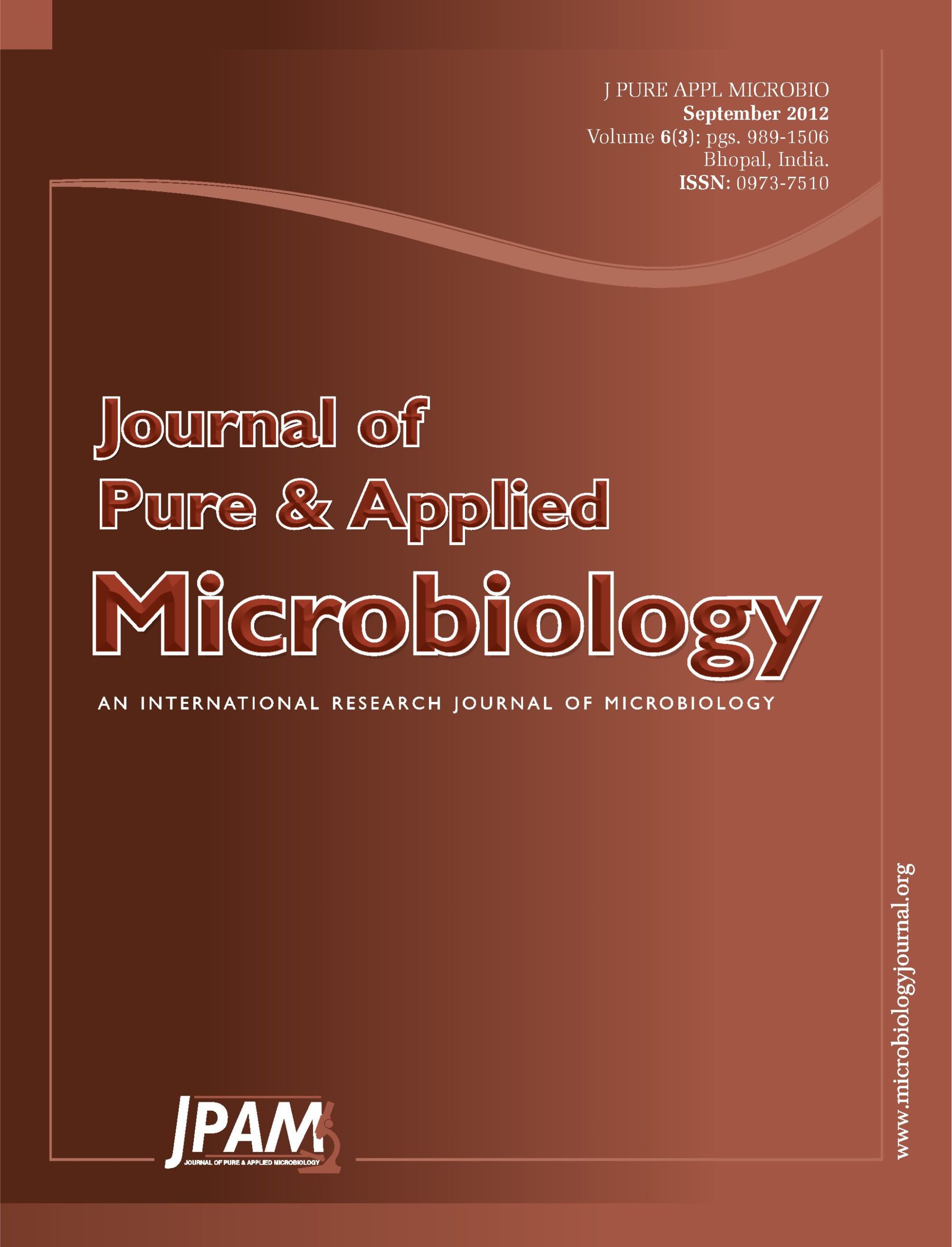Haloalkaliphilic archaea isolated from Soda lakes of Wadi An Natrun, Egypt, were screened for biosurfactant/bioemulsifier production by using crude oil as the sole carbon source. Haloalkaliphilic isolates from water and sediment samples were screened for biosurfactant/bioemulsifier production using haemolytic activity, emulsification activity, drop collapsing test as well as oil displacement test. Twenty nine strains exhibited clear zone onto the minimal growth medium supplemented with crude oil (0.2% v/v). Sixteen strains were able to emulsify weathered crude oil into oil-broth medium during cultivation. Analyses of partial 16S rRNA gene sequences of the biosurfactant-producing strains indicated that they belonged to the family Halobacteriaceae, and were referred to Natronococcus, Natronolimnobius, Halorubrum and Natronomonas genera. Two strains exhibited the highest activity for oil displacement test and emulsification activity against Kerosene. Crude oil-in-water emulsions were stabilized over a broad range of conditions, from pH 5 to 12, with up to 35% sodium chloride in the aqueous phase. The search for biosurfactants in extremophiles seems to be particularly promising since the biosurfactants of these organisms have particular adaptations to increase stability in adverse environments that can potentially increase their stability in the harsh environments in which they are to be applied in biotechnology.
Archaea, Alkaliphiles, Oil-biodegradation, Biosurfactants, Biotechnology
© The Author(s) 2012. Open Access. This article is distributed under the terms of the Creative Commons Attribution 4.0 International License which permits unrestricted use, sharing, distribution, and reproduction in any medium, provided you give appropriate credit to the original author(s) and the source, provide a link to the Creative Commons license, and indicate if changes were made.


